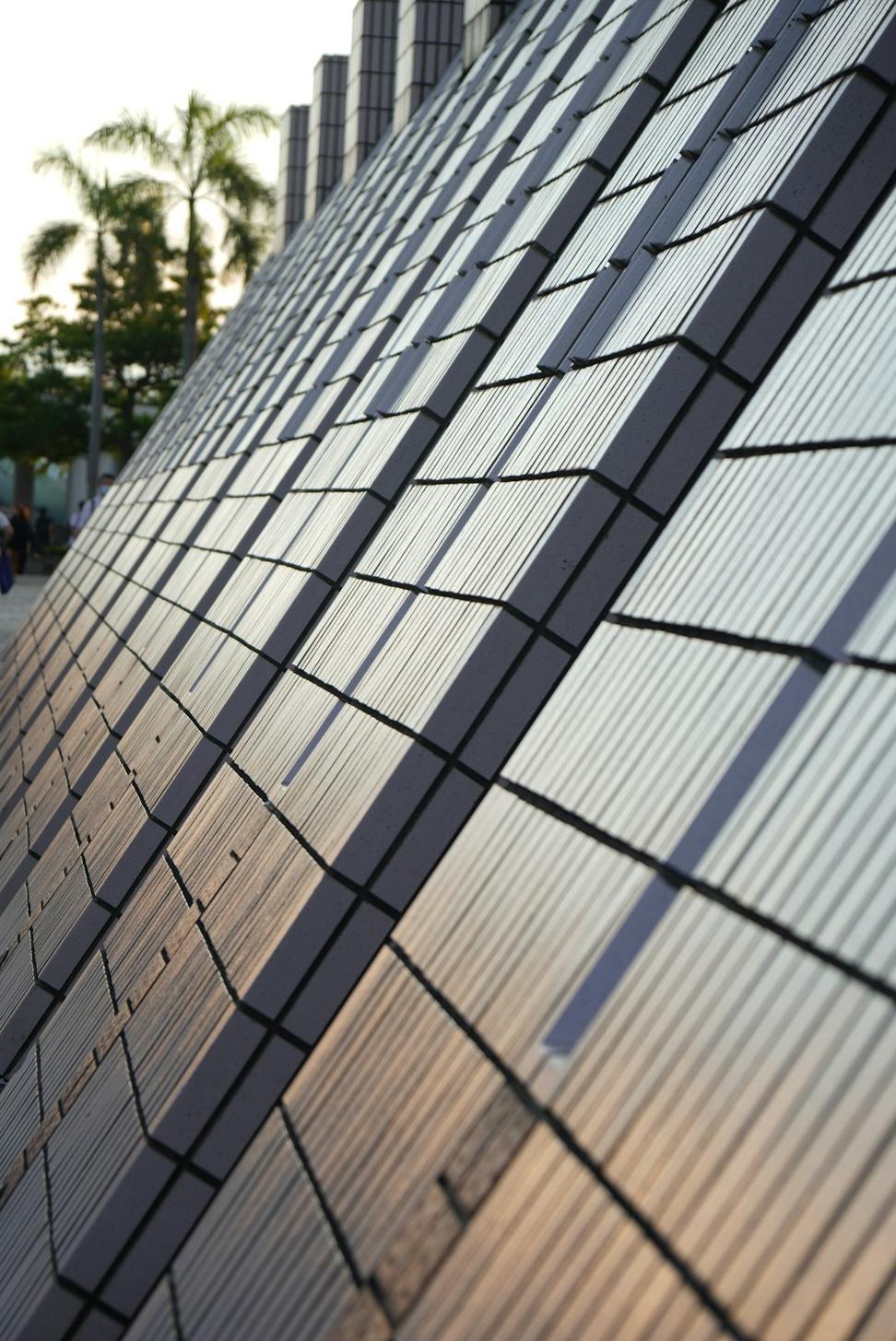
Building Green, Living Better
We're not just talking about sustainability—we're actually doing it, one project at a time
And honestly? The whole "green building" thing isn't just some checkbox we tick off. It's kinda become our obsession. Every material we pick, every window placement, every roof angle—there's always this nagging question: can we do this smarter?
Started maybe 8 years back when a client asked us to design their office with "some eco stuff." We dove deep, got our hands dirty with energy models, argued with contractors about insulation thickness (yeah, those conversations get heated), and realized something clicked. Buildings don't have to waste so much damn energy.
Now it's just how we work. Can't imagine doing it any other way, really.
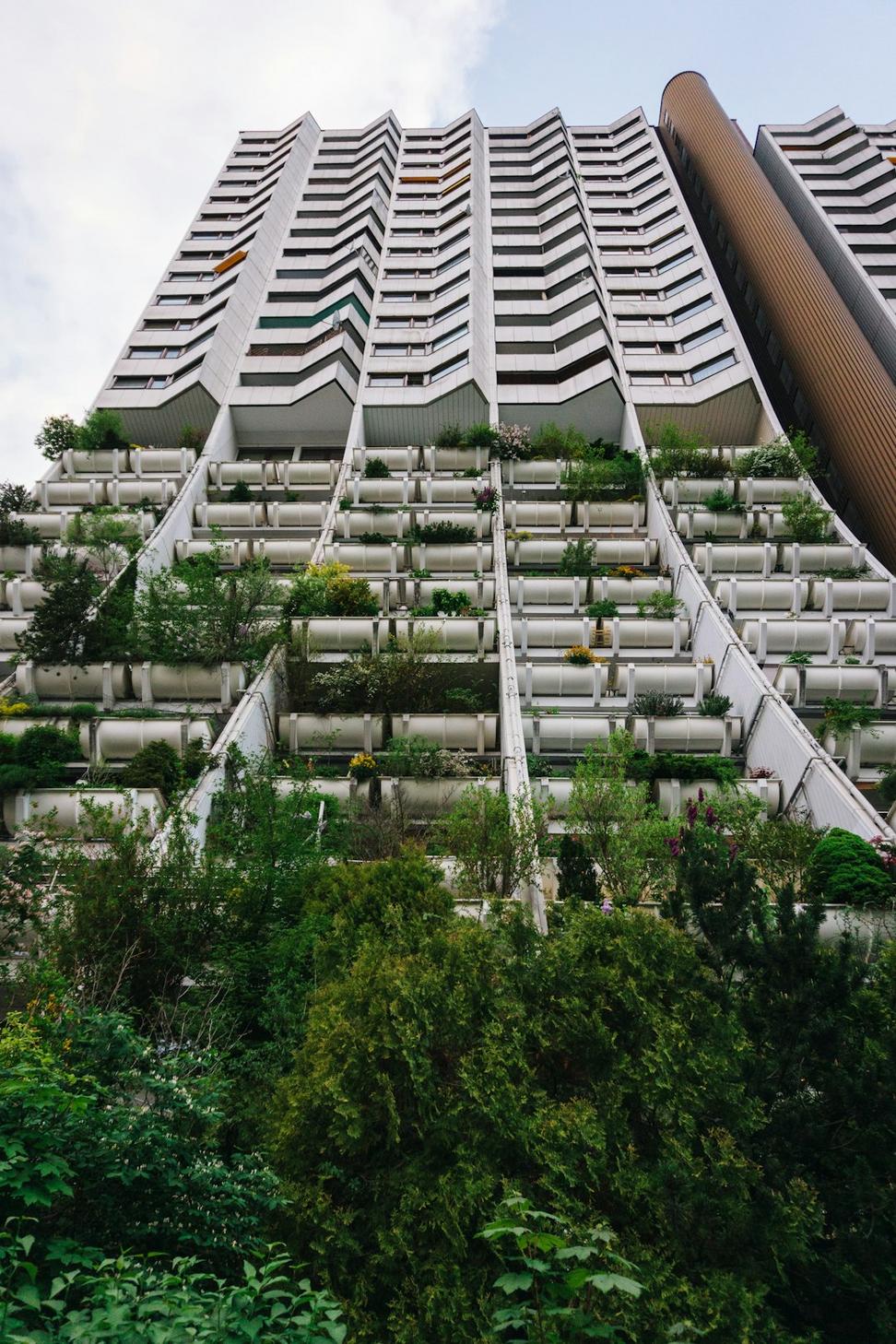
Average Energy Reduction
Across our last 24 projectsConstruction Waste Diverted
From landfills in 2023LEED Certified Projects
12 at Platinum levelkg CO2 Offset Annually
Through our designs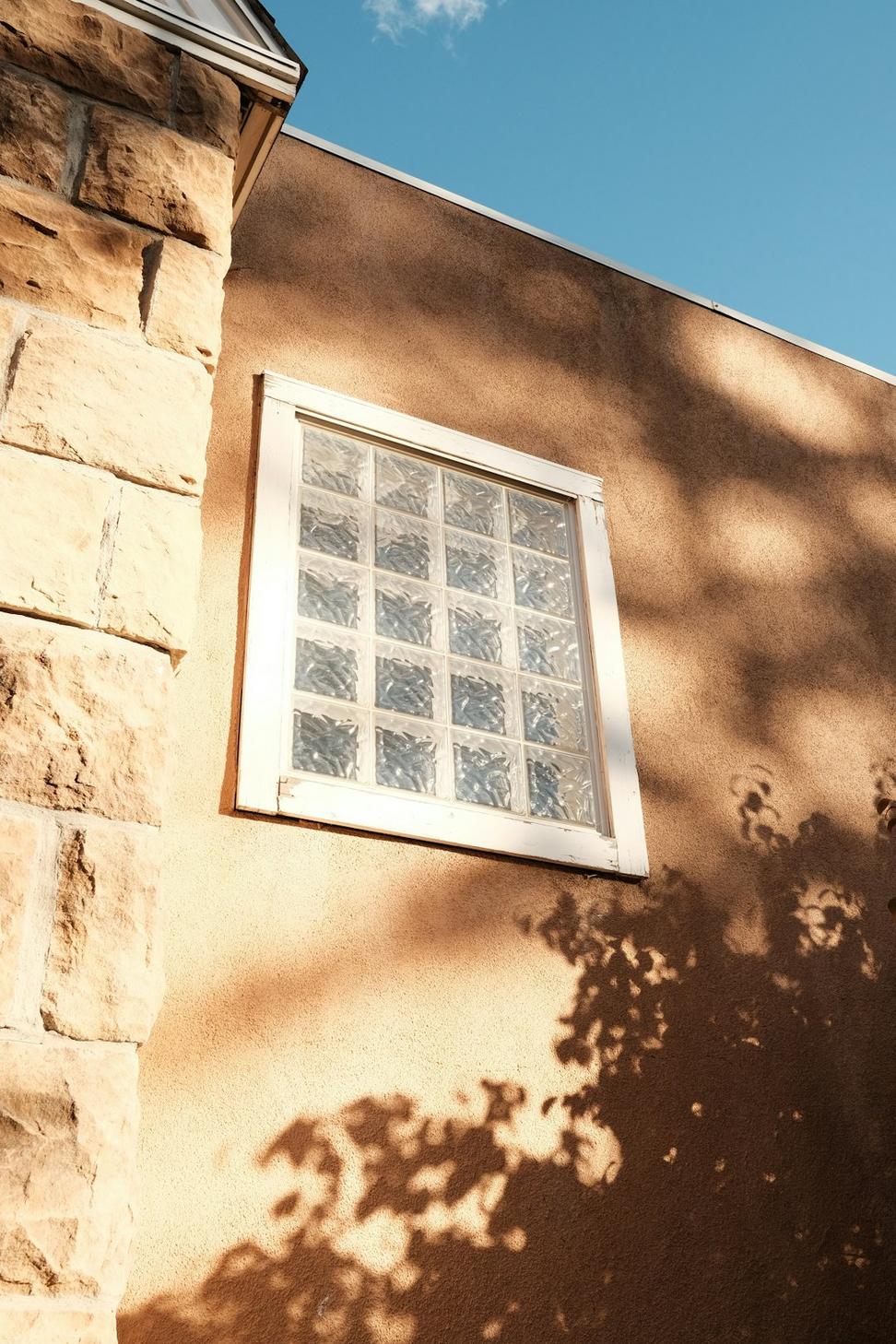
Before throwing tech at a problem, we work with what nature gives us for free. South-facing windows that capture winter sun but stay shaded in summer. Cross-ventilation that actually works without fancy systems. Thermal mass in the right places. Had a project last year where we cut HVAC costs by 40% just by getting the orientation right and being smart about overhangs.
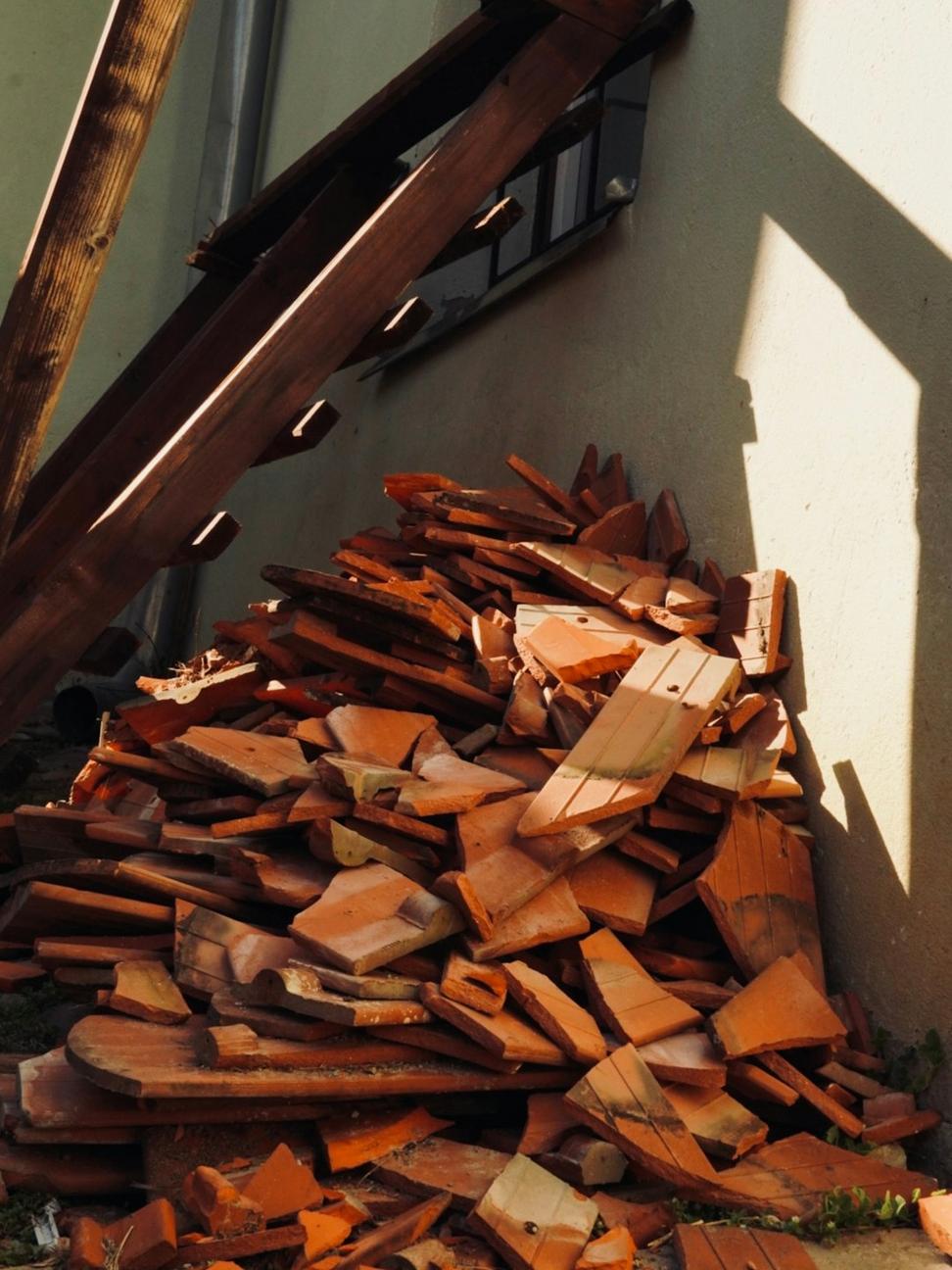
We're kinda picky about materials. Local sourcing when possible (cuts transport emissions and supports Ontario suppliers). Reclaimed timber that tells a story. Low-VOC everything because indoor air quality matters more than people think. Got this supplier in Mississauga who salvages old barn wood—the character you get plus the environmental benefit? Chef's kiss.

Rainwater harvesting isn't complicated—we capture it, filter it, use it for toilets and irrigation. Greywater recycling for larger projects. Low-flow fixtures that don't feel low-flow (technology's come a long way here). One commercial building we did last year collects enough rainwater to handle 70% of its non-potable needs. Toronto gets decent rainfall; might as well use it.
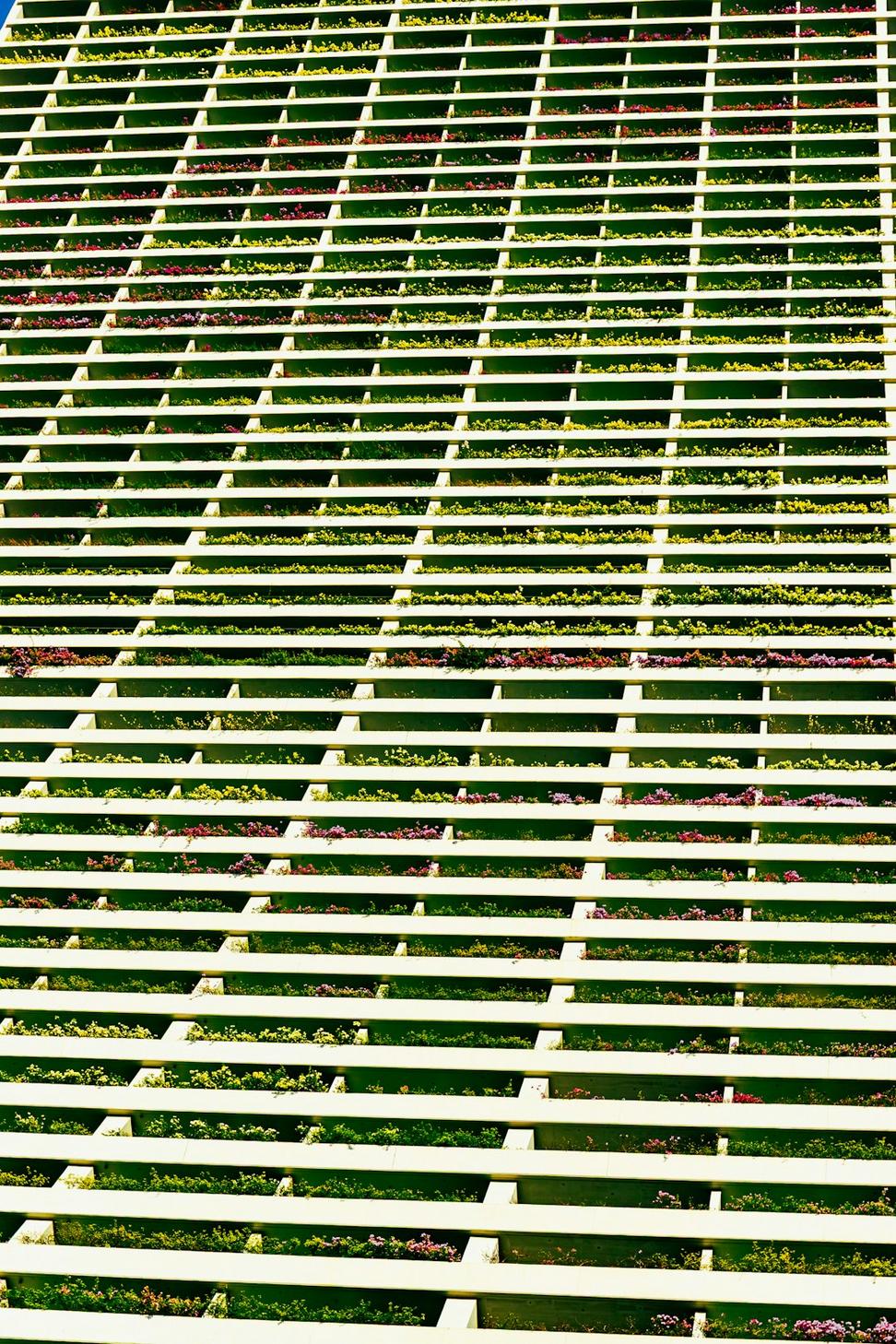
These aren't just pretty—they insulate, manage stormwater, reduce urban heat island effect, and give pollinators a place to hang out. We've installed 17 green roofs across Toronto. The maintenance isn't as scary as people think, and clients love having that extra outdoor space. Plus, sitting on a rooftop garden in the middle of the city hits different.
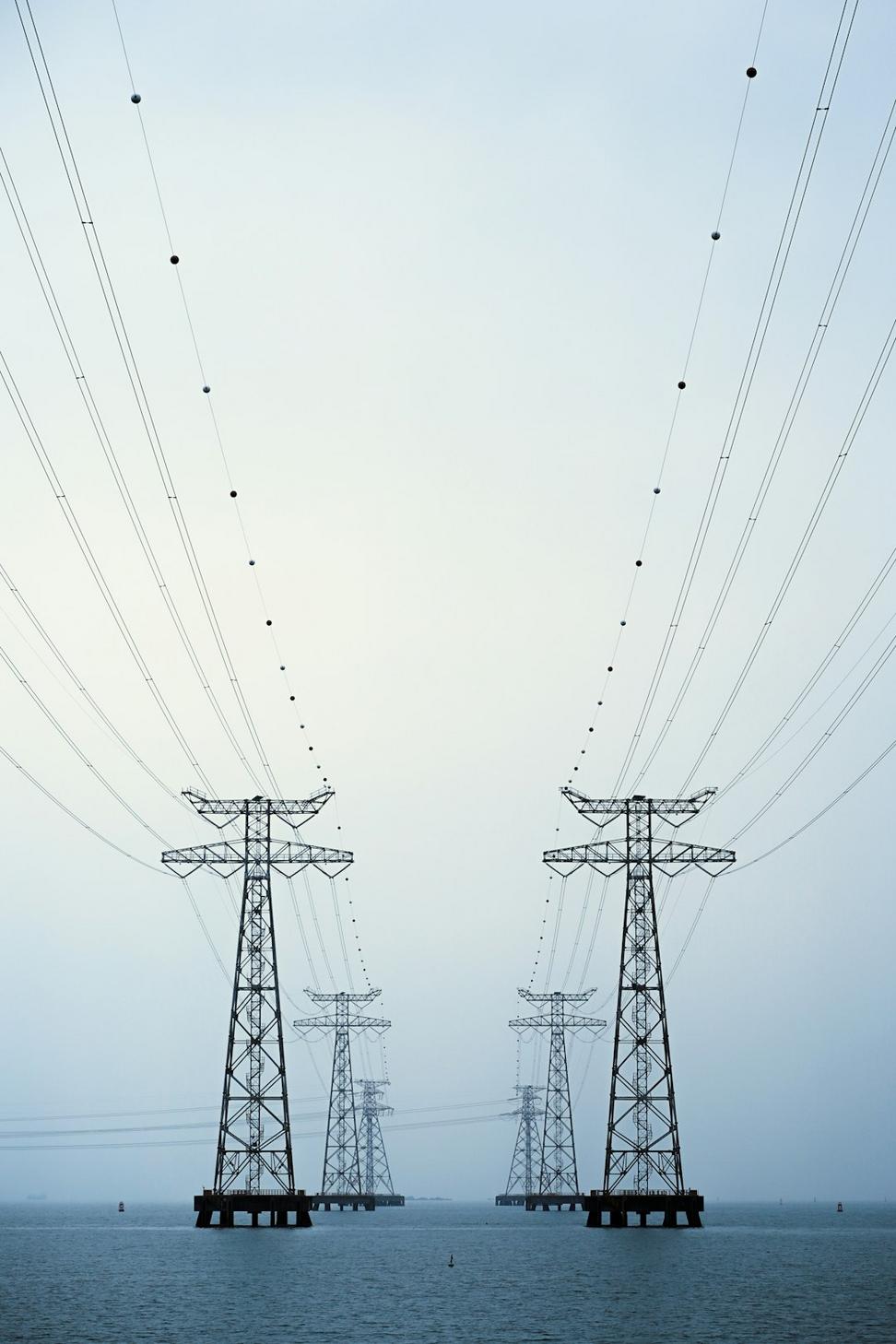
High-efficiency HVAC systems that learn usage patterns. LED lighting (obvious but essential). Solar panels when the roof allows it and the numbers work out. Energy monitoring systems so people can see what they're using. We designed a residential project that actually generates more power than it uses during summer months—sells it back to the grid. That's the goal, right?
Average carbon reduction per project compared to conventional construction methods
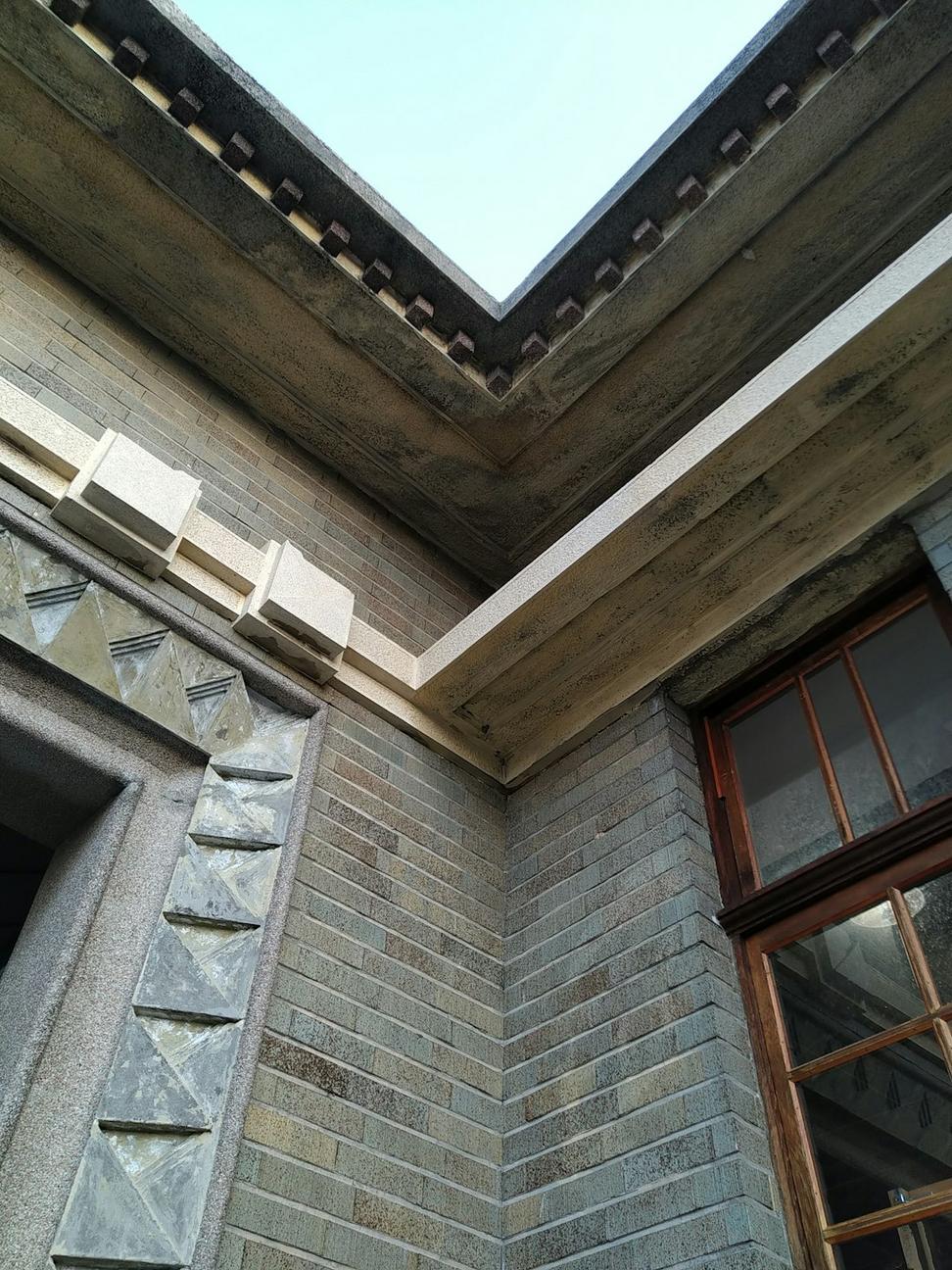
This one's close to our hearts. Old 1920s warehouse in The Junction, basically abandoned for 15 years. Client wanted to turn it into a community arts space but keep the heritage character.
Challenge was massive—crumbling envelope, zero insulation, single-pane windows (if you could call them that). But the bones were solid, and tearing it down would've been wasteful as hell.
Result:
Building now uses 72% less energy than code minimum for new construction. Got LEED Gold certification. Community loves it. And we kept the character that made it special in the first place.
Professional credentials across our team
Certified designers and consultants
Canada Green Building Council
Challenge ambassadors
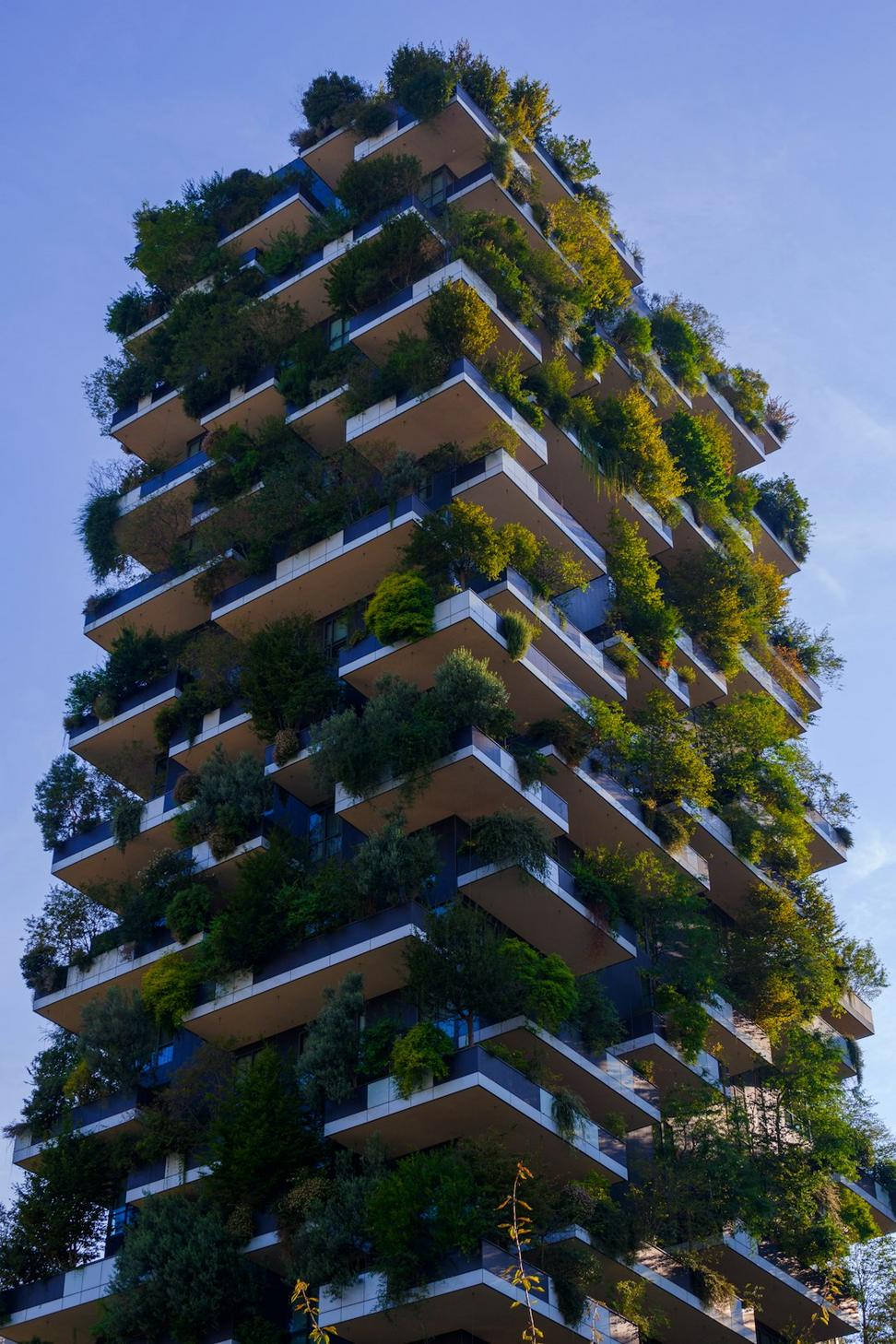
Here's the thing—sustainable design shouldn't feel like a sacrifice. It's not about living in a cold, uncomfortable box to save the planet. When done right, green buildings are healthier, more comfortable, and yeah, they save money over time.
We're not perfect. Sometimes budget constraints mean we can't do everything we'd like. Sometimes the grid orientation sucks and passive solar's not gonna happen. That's real life. But we always push for what's possible within the constraints we've got.
Every building's gonna use resources and energy—that's unavoidable. Our job's to minimize that impact without making people miserable. Architecture should enhance life, not lecture it.
And honestly? Designing with these constraints makes us better architects. Forces creativity. Makes us think harder. Can't just throw energy at problems. That challenge keeps things interesting.
Got a project in mind? Want to talk about what's actually possible with your site? We're always up for a conversation about how to build smarter.
Start a Conversation